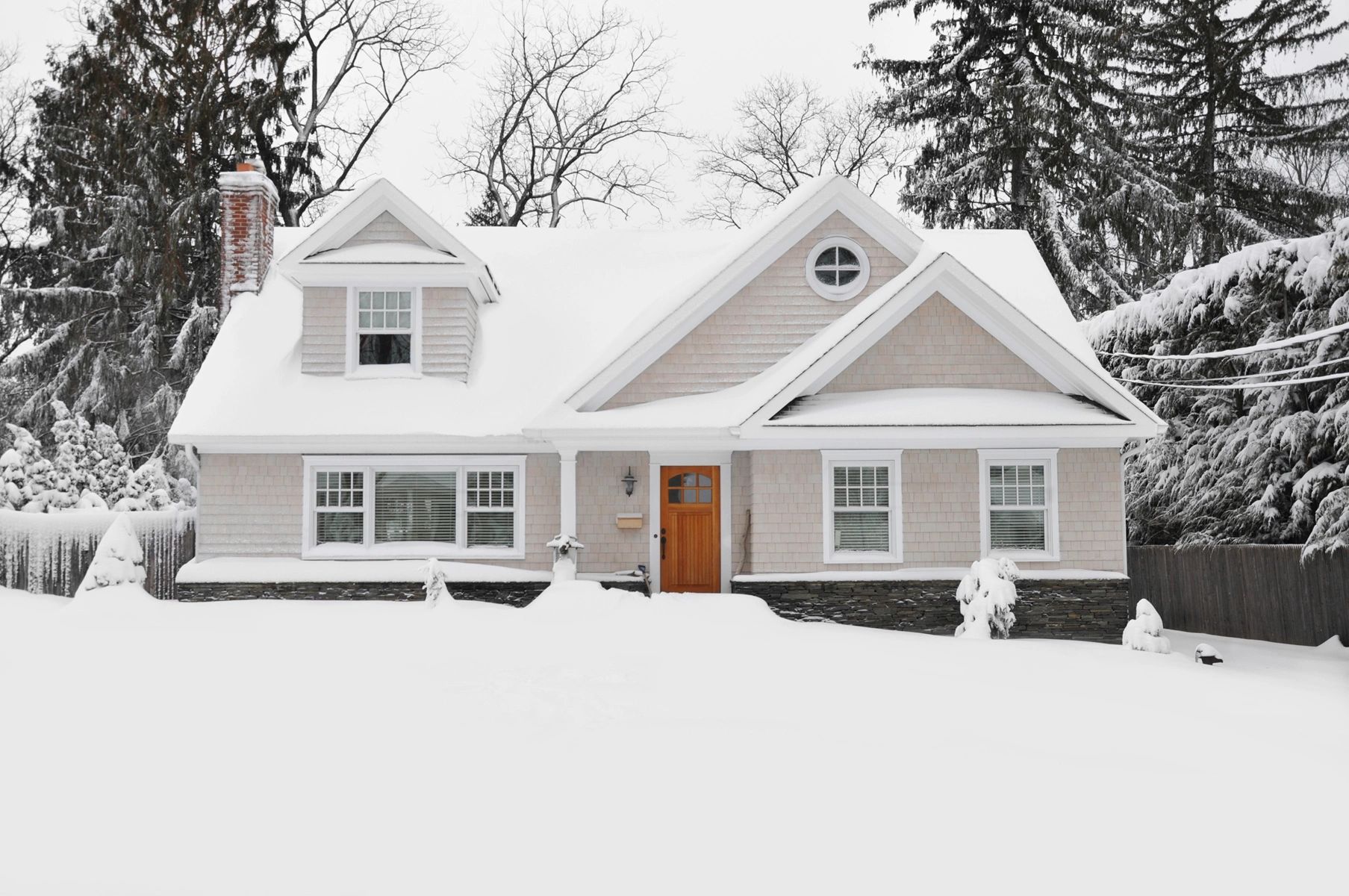Poor Indoor Air Quality (IAQ) is a major contributor to the ongoing COVID-19 pandemic and many engineers in the heating, ventilation, and air conditioning (HVAC) community are scratching our heads as to why there isn’t a greater recognition of this simple truth.
With variants on the rise globally and in the United States, the current pandemic isn’t even over and yet we know there will always be another pandemic in the future. Now is the time to mitigate one of the main culprits in the spread of airborne illness: poor indoor air quality and lack of ventilation in our buildings, homes and indoor gathering places.
One of the challenges in raising awareness for this issue is that air is invisible, and, as with many problems, it is “out of sight, out of mind,” which has had deadly consequences for too many. Unlike face masks and hand sanitizer, we can’t see air which makes it more difficult for policymakers and stakeholders to understand the problem and develop solutions. This lack of understanding by our leaders has resulted in poor messaging of indoor air quality, which has slowed us down in controlling the COVID-19 pandemic.
Paradoxically, we all already know that proper ventilation, air filtration and air purification has a major impact on our health and wellbeing. Do you remember back in grade school when a student would get sick? The first thing the teacher would do was open a window to get rid of the stink and polluted air.
The solution to tiny contagious viruses is no different. By removing these virus particles (which are approximately 500-1,000 times smaller than the diameter of a human hair) from the indoor environment, we reduce the intensity and quantity of this dangerous virus and diminish its ability to spread to more people.
Include IAQ in Infrastructure Investments
There is a lot of talk lately of spending huge sums of money to improve America’s infrastructure. It is essential that we include in those projects an investment in our indoor air infrastructure.
Our government, along with our private sector partners, must strengthen our IAQ starting now. If we invest as much messaging, capital investment, and training into our IAQ as we do other virus-prevention strategies, we will find ourselves in a much healthier environment today, while building our defenses for future pandemics.
So what can we do, specifically, to address this situation? Some states and municipalities are already doing a lot. Earlier this year, as Colorado was reopening, the state rolled out a program where restaurants could increase their occupancy by demonstrating safe practices, with ventilation being chief among them. The City of Philadelphia also put standards in place for improved HVAC that allowed participating restaurants to increase their occupancy earlier than elsewhere. The state of Rhode Island also provided excellent guidance to a multitude of sectors to inform the public on measures to improve IAQ. These were good steps, but we need to do more.
We need to encourage improvements to ventilation and the use of high-performance air filters and other air purification technologies where appropriate. There is no one size fits all, but engineers often find low cost/no cost solutions that can drastically improve IAQ. Some simple strategies can result in dramatic improvement at low cost, such as cracking a window or installing an air purification system. Other buildings, especially ones which have deferred maintenance and investment in HVAC infrastructure, will require more complicated solutions. Although some buildings may require an expensive investment, we need to weigh this against the cost of our health and well-being. Certainly, when considering our health, fixing “sick” buildings is a much better choice than fixing “sick” people.
Our Ancestors Knew This
Just as our forefathers invested in water and sewage treatment to reduce bacteria-based pandemics in the 1800s, we have an opportunity to get it right with indoor air quality and avoid airborne outbreaks in the future.
Our ancestors knew this. In response to the Pandemic of 1918 when more than 20,000 New Yorkers died, ventilation was seen as one of the key attributes to protect residents from the devastation of the pandemic. Back then, New York City officials dictated that building heating systems were to be designed and sized to operate with all the windows open, since it was recognized that ventilation was key to purge the virus from indoor spaces. If it worked 100 years ago, it will work today.
Social Distancing, Masks and Sanitizers Are Not Enough
Early in the pandemic, government responses to the COVID-19 pandemic relied on three main strategies: social distancing, masking of citizens and improved hygiene through hand sanitizers and surface cleaning. Although these strategies provided a measure of success to date and bought time to develop and deliver vaccines, without addressing our poor indoor air quality, we remain vulnerable to emerging variants and the next pandemic. I don’t know that our civilization could survive another shutdown.
In short, if we really want to put this problem behind us, we can’t rely on vaccines solely as a magic bullet. We need improved air infrastructure.
There’s a saying, attributed to various figures over the years, that goes something along the lines of:
“We don’t know who discovered water, but we’re pretty sure it wasn’t a fish.”
The lesson of this modern proverb sums up our own troubled relationship to indoor air quality rather well. Air is so fundamental to our existence that most of us don’t even think about it. HVAC engineers think about air every day, all day. It’s time to listen to the HVAC engineers. In the fight against airborne illness, it’s all about Indoor Air Quality.






